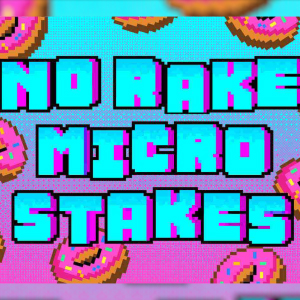
When at the table there’s frequently a lot of maths involved, (or “math” if you’re American). Not complex maths a lot of the time, no one is calculating GTO shove ranges on the fly, just the basic fractions for pot and implied odds to guide one’s intuition over when to call and when to toss your cards over the line.
People relate to the maths in various ways, if they relate to it at all. Some people I’ve played with take these percentages on faith.
Everyone knows," they say, "that a flush draw on the turn will hit the river about one in five times."
They trust that a half billion posts on Two Plus Two can’t be wrong. Others use ideas like the double plus one rule – that the percentage chance of hitting one of your outs on the next card is roughly twice the number of those outs plus one.
But for those who look into the calculations for themselves, statistical reasoning can often seem counter-intuitive.

In How Many?
Take the simplest of outs calculations, for whatever reason – cheating, soul reading, your opponent turned his hand face up like a Muppet – you’re pretty sure your opponent has something like a pair or two of some ranking on the turn. You have an up and down straight draw. Nothing else.
The calculation is simple, you need one of the eight cards that make your straight to come on the river. Well there are 46 cards out there that you haven’t seen (the 52 in the deck minus your hand, the flop, and the turn which we’ve seen), and eight of them help you. So your odds of hitting that straight are eight in 46 or 17.4%.
For a lot of you, this will be unchallenging and unremarkable. Makes sense. No fuss. But one objection may have occurred to you, in the corner of your mind… The issue I hear from some people is that this line of thinking doesn’t take account of the cards that have been rendered unavailable to us.
If any of our outs is burned or in another person’s folded hand, they won’t be coming up on the river. In a six handed game there’s ten other cards dealt to other players and any of them could have our outs in them. Should we adjust the calculation to account for these unavailable outs?
The short answer is no. The longer answer is kind of – if we have a good reason to believe one of those players positively has one of our cards in their range. But the basic calculation of eight cards in 46 stands.

Calculating It Longhand
The first place to turn to might be a rephrasing of the maths. We can take your objection and work out exactly how often those spades we need are in folded hands. The result would be a list of compound probabilities:
The odds of hitting your straight with one out in a folded hand, multiplied by the odds of there being exactly one out in a folded hand. Then the same but for two folded out. And so on for all the possible combinations of folded outs from eight down to zero. Add all these possibilities up and you have the ‘real’ odds accounting for any folded outs.

A Thought Experiment and an Actual Experiment
Another way to approach the problem is to imagine setting up the hand as described. Deal out the flop so you have that up and down draw, but don’t deal any other hands out so all the cards are either face up or in the deck. It should be clear, in this scenario – with no other players in the hand but yourself – the odds are eight outs in 46 unseen cards.
The cards in that deck are distributed randomly. There is no difference in the odds of your out being the top card as being the 11th. If that is true – and it is – then the odds don’t change if you deal the top ten cards out to the five other players at your imagined table, or if you deal one off the top right away.
While you’ve got this set up, and you’re in a scientific mood, go ahead and deal the other hands and the river out as many times as you have time for, shuffling between each deal. Compare the results for different sized tables.

Probability versus Reality
The imagined or – for the few who went away and actually did it: real – Monte Carlo simulation should point you towards the fundamental idea behind the probabilistic talk: the shuffle isn’t really random. It is unknown but determined and specific this hand.
The language of probability is a way to make a general point about the kind of situation we’re are in. The statement is more like:
These situations will over the long haul result in a straight on the river 17.4% of the time."
This particular time around, whether or not you hit that straight has been planned out since the shuffle. You will hot or you won’t hit. And whichever it is will happen 100% of the one time you do it.
 More Top Rated Content
More Top Rated Content
Articles
Coaching Videos

